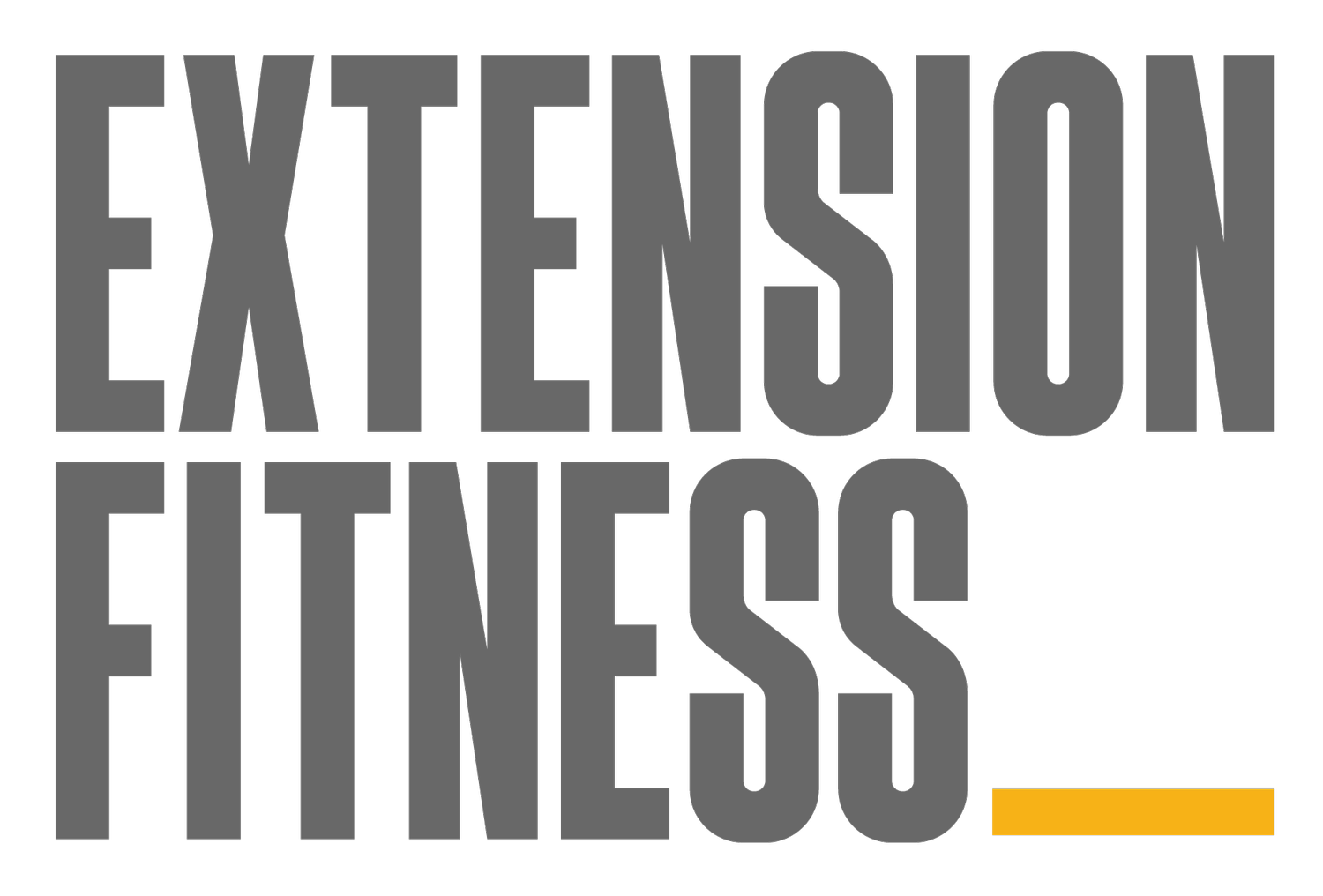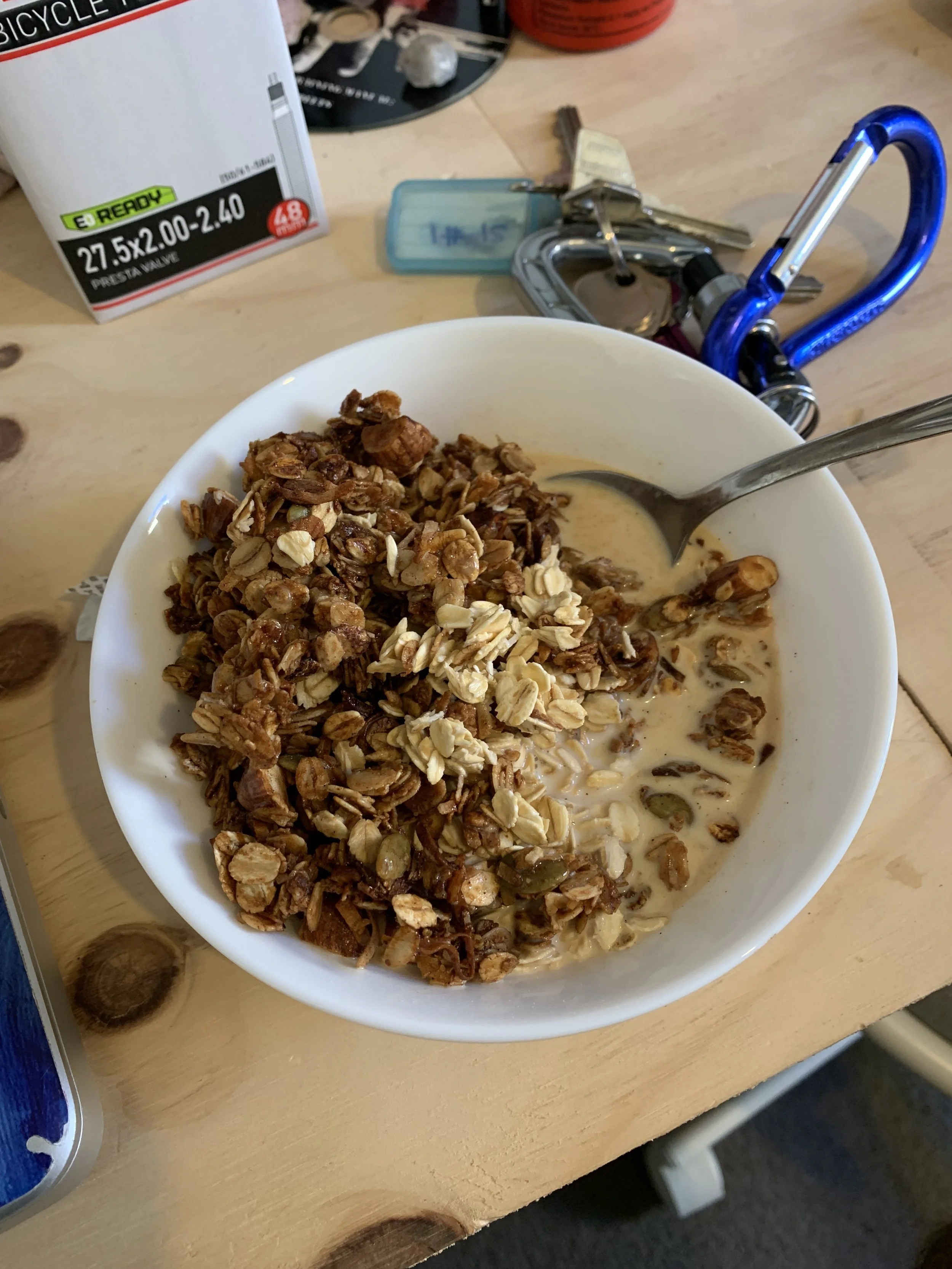Eating for Weight Loss
The thing that I really enjoy about my job, the thing which I believe is really cool, is that establishing a regular habit of training your body can effect dramatic changes in your mental health and mindset. You can become less stressed, more focussed and a lot tougher through pushing your body and acquiring the mental wherewithal needed to meet difficult physical demands (like multi-day hiking, or running 5K the whole way).
Frankly, I did not start out down this road being that interested in weight loss and nutrition. My weight was in a healthy range, and I was more intent on helping people to unlock the mental benefits of training.
Over time, my thinking and attitude has changed.
I’m still very much a believer in affecting your mental state through training, but I also value weight management more highly than I used to.
Maintaining a healthy weight is enormously beneficial for your health. Overweight and obesity are factors which, along with other things, drive the development of many of the highly prevalent chronic diseases in modern Australia. Proviso: a small proportion of people have medical or hereditary factors which are beyond their control and make it extremely difficult to maintain a “healthy” weight. But, the majority of people are not in this boat, and they can effect change to their lifestyle which will ensure they maintain a healthy weight. It is not easy, but it is achievable.
With all that being said, I want to hone in on the basics of sound nutrition - without which good weight management cannot occur. I’m writing this article because many of my clients are using my services in order to maintain a healthy weight. Guys, this is for you!
The scope of what I can do as a PT is very tightly constrained. I am required to provide guidance that helps you conform your diet to the Australian Dietary Guidelines, or refer you to a dietitian. Here’s the guidelines below, and here’s the eat for health website.
Australian Dietary Guidelines
To achieve and maintain a healthy weight, be physically active and choose amounts of nutritious food and drinks to meet your energy needs
Enjoy a wide variety of nutritious foods from these five groups every day;
Plenty of vegetables, including different types and colours, and legumes/beans
Fruit
Grain (cereal) foods, mostly wholegrain and/or high cereal fibre varieties, such as breads, cereals, rice, pasta, noodles, polenta, couscous, oats, quinoa and barley
Lean meats and poultry, fish, eggs, tofu, nuts and seeds, and legumes/beans
Milk, yoghurt, cheese and/or their alternatives, mostly reduced fat (reduced fat milks are not suitable for children under the age of 2 years)
And drink plenty of water
Limit intake of foods containing saturated fat, added salt, added sugars and alcohol
Encourage, support and promote breastfeeding
Care for your food; prepare and store it safely
I’m very happy to do encourage people in this direction as I think these are sound guidelines. Plus, there is such a vast diet industry out there - much of it behaving unscrupulously (lying, over-promising, under-delivering), that I think it makes sense to constrain the scope of people, like myself, who are relatively untrained and inexperienced in charging money to provide dietary advice.
I’ll admit that I’m a little skeptical about the advice to choose low fat options so much. I think full fat foods play a role in making you feel satiated/satisfied and therefore help with total energy intake. But that’s my personal opinion. I am convinced that having high cholesterol is not good and a diet high in saturated fat is probably not healthy - in the main. Here’s an interesting series of articles from the Drs at Barbell Medicine making that case:
So, that’s the big picture. But now I want to draw your attention to some areas which I think are high value tactics in weight management. These are simple things you can focus hard on and/or execute easily and which will pay off.
Focussing on eating unprocessed foods.
If I had to guess the single best tactic to help you choose foods that will promote health and contribute to long term weight management, it would be this:
Select foods that have not been worked on, finessed, processed, packaged, manipulated, re-formulated, recombined and modified.
For example, an apple. An apple grows on a tree (yes, most likely with some synthetic inputs), then it’s picked, shipped, placed in cold storage (mostly), and put in the supermarket. It goes into your hand, then - bada-bing bada-boom - your mouth. You can pretty accurately picture the chain of custody of an apple. An apple passes the “unprocessed” rule-of-thumb test. It is tasty, rich in nutrients and fibre, and is much harder to binge on than other sweet foods. Did you ever hear anyone say these sentences?
“Oh man, I really overdid it on the apples on Friday night.”
“When I feel depressed or sad, I go straight for the apples. I wake up covered in cores with no memory of what happened….”
Hmmmm, not so much…
Big night on the apples? ….
Another example - mass produced custard. Not so easy to imagine the chain of custody … (Dad joke there). If I imagine myself holding a carton of custard in my hand, asking myself “what is this made of?”, and “how did all of the ingredients get mixed in together to make it?”, then the answer is, “I’m not sure, and I’m not really sure I want to know …” It is most probably very complicated. This sort of product is delicious! And, sadly, it’s very likely to be of low nutritional value, high in simple sugars, and energy dense without making you feel “full”, or satiated. It fails the “unprocessed” test because it is not obvious what it is, how it’s made or how it got to you.
There you have it - that is the “unprocessed test”.
Eating lots and lots of non-starchy veggies.
Veggies have lots of nutrients, and they can make you feel full because they contain lots of fibre. For a person trying to lose weight, that feeling of fullness and satisfaction can be very elusive. Eating a lot of veggies which are high in nutrients and have low energy density can promote health and reduce the chances of over consuming energy dense foods.
If you need to reduce your total energy intake (in order to lose weight), it’s likely that you’ll need to minimise the intake of “starchy vegetables” and major on “non-starchy vegetables”. Here’s what I mean by that:
Starchy vegetables = potatoes, corn & beans etc
Non Starchy Vegetables = broccoli, cauliflower, tomato, leafy green veggies etc
Minimise processed sugar & alcohol.
Eating sugary foods like lollies and chocolate can input a lot of energy into your body, and can undermine your efforts to lose weight. This is partly because they have so much energy with minimal “fullness” and also because eating lots of sugary foods can cause your blood sugars to peak and trough dramatically. In the trough, you may feel quite hungry, even though you may just be tired or lethargic due to low blood sugar. In this trough, it can be tempting to grab a sugary “upper”, e.g. biscuits, but that just reinforces the peak/trough cycle. Over the long term, eating lots of sugary foods can profoundly dis-regulate your metabolism and contribute to the development of type II diabetes.
A strategy I have used to reduce the amount of processed sugar I consume has been to have fruit and small quantities of nuts for snacks. Fruit gives that sweet taste but comes with fibre so you actually feel satiated. Also, I often have some whole grain crackers and cheese as an afternoon snack (but I exercise a lot and have a non-sedentary job, so that solution is not for everyone). For those who crave sugary and fizzy drinks (“guilty!”), you may wish to try subbing in kombucha as an alternative.
Alcohol is extremely energy dense. For those of you who like a drink-or four-you need to be aware of this. Your body, being a highly efficient organism, is going to store the energy you take on board from alcohol as fat. If you’re serious about losing weight or maintaining a healthy weight, you need to pay attention to limiting alcohol intake.
Manage the emotional side of your relationship to food.
Food is so much more than a source of energy. It is one of the great pleasures of life, and our social lives understandably congregate around food. This is a beautiful thing for which I’m thankful. However, we can turn to the pleasure of food, or the numbing effect of alcohol, as a means of anaesthetising us from the emotional pain of life. Again, in small doses, this seems to be normal and natural. But in large doses it can be a sign that you’re covering up issues and questions which need to be resolved. Speak to a trusted friend, build your network of supportive friends, seek help from a mental health professional, ask the big questions of life (!), find a church, find a way to be alone with your thoughts and not your phone - don’t use food as a bandaid on your wounds. It is a great servant but a poor master.
Manage cravings.
Many of us struggle with cravings. Personally, I crave soft drinks. I have an unhealthy relationship with zero sugar coke. It’s difficult to be free from these things given the dysfunctional food environment we’re in, being surrounded by abundant quantities of low-cost, incredibly flavoursome, low nutrition food and drink. It is a problem we’re not kitted out to deal with very well. With cravings, you can go cold turkey or you can try to minimise the problematic substances. Personally, I’m a fan of the latter. And I encourage people to find healthy substitutes for the unhealthy foods they crave (refer to my fruit and nuts strategy above).
Carbs: pick low GI carbs and preference whole grains.
Carbs are not evil. But not all carbs are equal. Some carbs release energy very quickly and others more slowly. The term used to quantify this aspect of carbohydrate metabolism is the glycaemic index. It is a number out of 100, and it represents the relative effect of a carbohydrate rich food on blood glucose. Read more about it here on the Diabetes Australia website.
Sometimes, you need very high GI carbs. For example, if you’re running a marathon, it makes sense to take on carbs that will raise your blood glucose very rapidly. That glucose is needed RIGHT NOW!
Most of the time, for ordinary life, lower GI carbs are more health promoting. Another consideration when consuming carbohydrates is their fibre content. High fibre foods promote health and can help you feel full. “Whole grain” means the food contains “the whole grain”. In the process of making breads, pasta or tortillas, the fibrous husk around the grain that is picked is often separated out. When “the whole grain” is used, i.e. including the husk, then you have “whole grain tortillas” or “wholemeal bread”.
I hope this quick primer helps those of you who are seeking to lose weight or maintain weight loss. Food literacy will help you a lot as you focus on the long game and stay away from fad diets and unsustainable solutions which set you up to fail.
Raw oats and low-sugar granola - one of my go-to breakfasts


